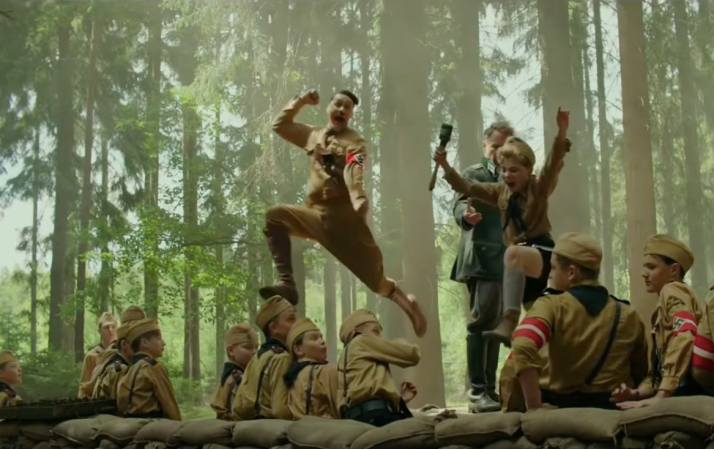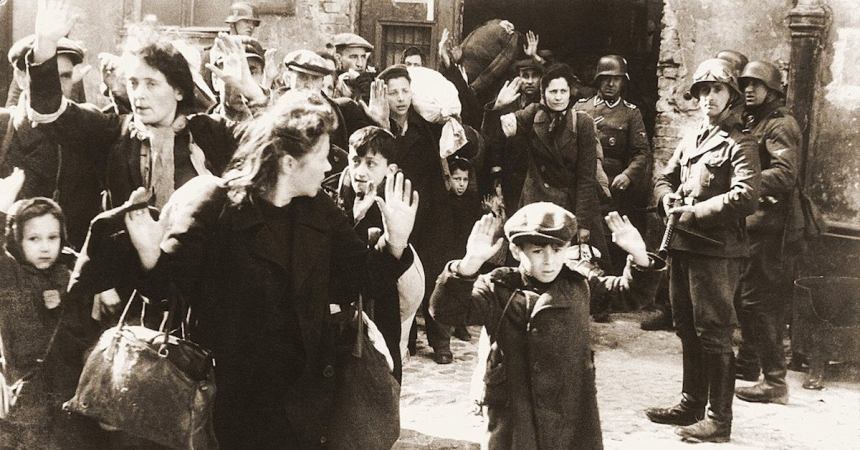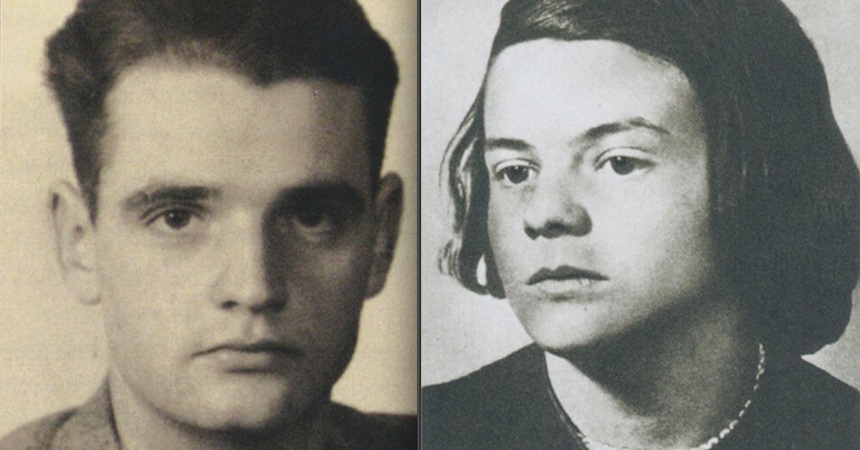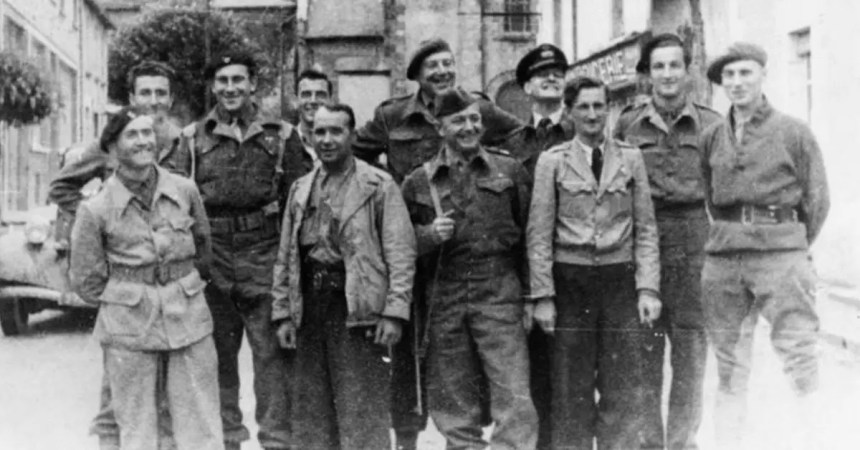
The rise of Nazism in Germany was for many Germans a terrifyingly swift deviation in the nation’s moral compass.
The most famous example of Hitler’s attempt to make his plans for the establishment of a master race a little more commercial is undoubtedly the Hitler Youth program. In 1935, over 60% of the country’s young people were involved in the program, and in 1936, all other youth groups were banned, making the Fuhrer’s brainchild the best kids’ club by default. Awesome.
Program membership was mandatory for kids over 17, but Hitler knew that if he wanted to shape the younger generation, he would have to start small. Kids as young as ten years old were encouraged to join the movement, which was similar to Boy Scouts and Girl Scouts, except instead of teaching valuable skills about friendship and forest survival, Hitler was making sure the kids became bigoted military minions.


An entire generation of ordinary people was seduced by this mythos, and parents eagerly sent their children to become young men and women of the “Thousand Year Reich“, excited to watch their sons become soldiers and their daughters demure, obedient mothers who would populate the master race.
Not all kids were down with this idea, however. And because the program was compulsory and very restrictive, they had to get creative with their rebellion. Enter the Edelweiss Pirates — a teenage protest group with the classiest rebel name ever.
Comprised mostly of working class boys, the gang was not shy about it’s anti-authority, down-with-Hitler ideologies. The Pirates refused to wear the military-inspired uniforms of the Hitler Youth, opting instead for bohemian ensembles with a ton of fringe and cool-factor. Their defiance extended to all aspects of their lives, and the rebel kids could be heard singing banned songs, playing banned jazz music and dancing with the opposite sex — completely unapproved by the Nazi party.
These song lyrics, which served as the groups anthem, were particularly unwelcome:
Hitler’s power may lay us low,
And keep us locked in chains,
But we will smash the chains one day,
We’ll be free again.
We’ve got the fists and we can fight,
We’ve got the knives and we’ll get them out.
We want freedom, don’t we boys?

At first they were just considered an annoyance that needed to be weeded out and further indoctrinated into the party, nothing a fifteenth reading of “Mein Kempf” couldn’t fix.
Once WWII began, however, the teens started to appear like more and more of a legitimate threat to the state.
In 1942 Heinrich Himmler, the head of SS operations, wrote Reinhard Heydrich to discuss the rebellious boys and “worthless girls” who formed the resistance group:
“The youth should first be given thrashings and then [be] put through the severest drill and set to work. It must be made clear that they will never be allowed to go back to their studies. We must investigate how much encouragement they have had from their parents. If they have encouraged them, then they should also be put into a concentration camp and [have] their property confiscated.”
This didn’t stop the Pirates, but disdain for their antics was not limited to the higher ups of the Nazi regime. The Hitler Youth Patrol Service, made up of the same kids who participated in the Nazi group, were particularly brutal towards these rebellious outliers. The mini-police force, who were literally above the law, raided movie theaters, coffee shops and billiard halls looking to bust the Edelweiss Pirates and beat them up in the streets.
The Pirates existed in several different cities under different names, but their desire to undermine the fascism was uniform.
As the war raged on, many of the Pirates, now adults, joined the underground resistance movement. In Cologne, Edelweiss Pirates members offered aid and shelter to Nazi deserters and refugees who had escaped from concentration camps. Members even went so far as to raid military depots and supply reserves, sabotaging war production. They also continued their usual hi-jinks, graffitiing bridges and walls with the words “Down with Hitler”.
In response, the Nazis intensified their opposition to the fringe group. Pirates who were caught were sent to jail, reform schools, labor camps and psych wards, all in an effort to stamp out resistance. If caught in public, “defectors” were often humiliated in front of a crowd, and were beaten and shaved before being taken away. In 1944 Heinrich Himmler even ordered the public execution of thirteen Pirate members in Cologne, pictured below.

For the duration of the war these brave young people continued to stand firm in the face of overwhelming resistance and power, and continued to fight for the freedoms they believed in.


























